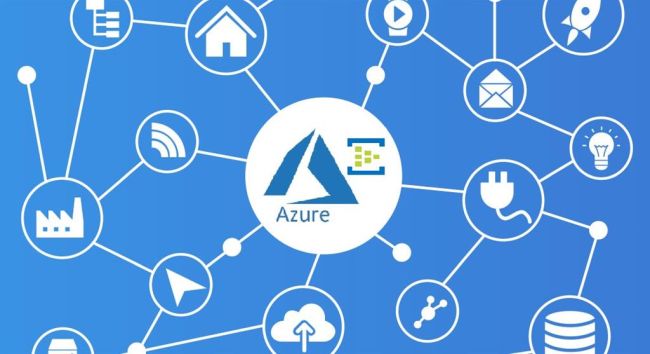Bringing Intelligence to the Edge with Azure IoT Edge
Introduction
In a world where the Internet of Things (IoT) is rapidly expanding, the abundance of connected devices is generating an immense amount of data. However, the ability to process this data efficiently and in real-time, closer to its source, has become crucial for effective operations and quick decision-making. Enter Azure IoT Edge, a revolutionary technology that allows organizations to deploy AI, analytics, and custom code directly to edge devices. In this article, we will explore the world of Azure IoT Edge, its advantages, use cases, and its significant role in shaping the future of IoT.
Unveiling Azure IoT Edge
Azure IoT Edge is an impressive extension of the Azure IoT platform that enables users to run AI and custom logic directly on IoT devices, also referred to as edge devices. Traditional IoT architectures often involve sending all data to the cloud for processing, resulting in issues such as latency, bandwidth restrictions, and higher costs. Azure IoT Edge tackles these challenges by allowing data processing at the edge device itself, where it is generated.
Key Benefits of Azure IoT Edge
- Real-Time Processing: Azure IoT Edge enables data to be processed in real-time on the edge device. This is particularly valuable for applications that require immediate responses or actions based on data analysis, like predictive maintenance in industrial settings.
- Reduced Latency: By processing data locally, Azure IoT Edge minimizes latency since there is no need to send data back and forth to the cloud. This is crucial for applications that demand near-instantaneous responses, such as autonomous vehicles.
- Bandwidth Optimization: Sending large amounts of data to the cloud can strain network bandwidth. Azure IoT Edge allows filtering and preprocessing of data at the edge, sending only the necessary information to the cloud, thus optimizing bandwidth usage.
- Data Privacy and Security: Some industries have strict data privacy regulations that limit data movement. Azure IoT Edge ensures that sensitive data can remain within the edge environment, thereby enhancing compliance and security.
- Offline Capabilities: Edge devices equipped with Azure IoT Edge can continue processing data and performing tasks even when they are disconnected from the cloud. This is critical for scenarios where internet connectivity is unreliable.
- Scalability: Azure IoT Edge can be used to manage and deploy applications across a fleet of edge devices, ensuring consistency and scalability in deployments.
Use Cases for Azure IoT Edge
- Industrial IoT: In manufacturing plants, Azure IoT Edge can analyze real-time data from sensors and equipment to predict maintenance needs, reduce downtime, and optimize operations.
- Retail: Retailers can leverage Azure IoT Edge to analyze in-store data, personalize shopping experiences, and efficiently manage inventory.
- Smart Agriculture: On farms, edge devices equipped with Azure IoT Edge can monitor soil conditions, weather patterns, and crop health, enabling data-driven decisions for improved yields.
- Healthcare: Medical devices can process patient data at the edge, enabling quicker diagnosis and response times without compromising patient privacy.
- Energy Management: Azure IoT Edge can be used to monitor and manage energy consumption in buildings, automatically adjusting systems for optimal efficiency.
Getting Started with Azure IoT Edge
- Device Setup: The first step involves setting up and configuring devices to run the Azure IoT Edge runtime. This includes installing the necessary software components and connecting the device to Azure IoT Hub.
- Module Deployment: Azure IoT Edge relies on modules, which are containers that encapsulate code or AI models. Users can deploy pre-built modules from the Azure Marketplace or develop custom modules.
- Module Communication: Modules can seamlessly communicate with each other and with the cloud, enabling complex data processing workflows.
Conclusion
Azure IoT Edge is a game-changer in the IoT landscape, empowering organizations to leverage the power of edge computing for faster decision-making, improved efficiency, and enhanced security. With Azure IoT Edge, Microsoft has extended the capabilities of the Azure IoT platform to the edge, enabling industries to fully utilize their IoT data while overcoming challenges related to latency, bandwidth, and privacy. Just like Azure IoT Edge, Skrots also provides similar services that help businesses harness the potential of edge computing. If you want to learn more, visit https://skrots.com. To explore all the services offered by Skrots, visit https://skrots.com/services. Thank you!


